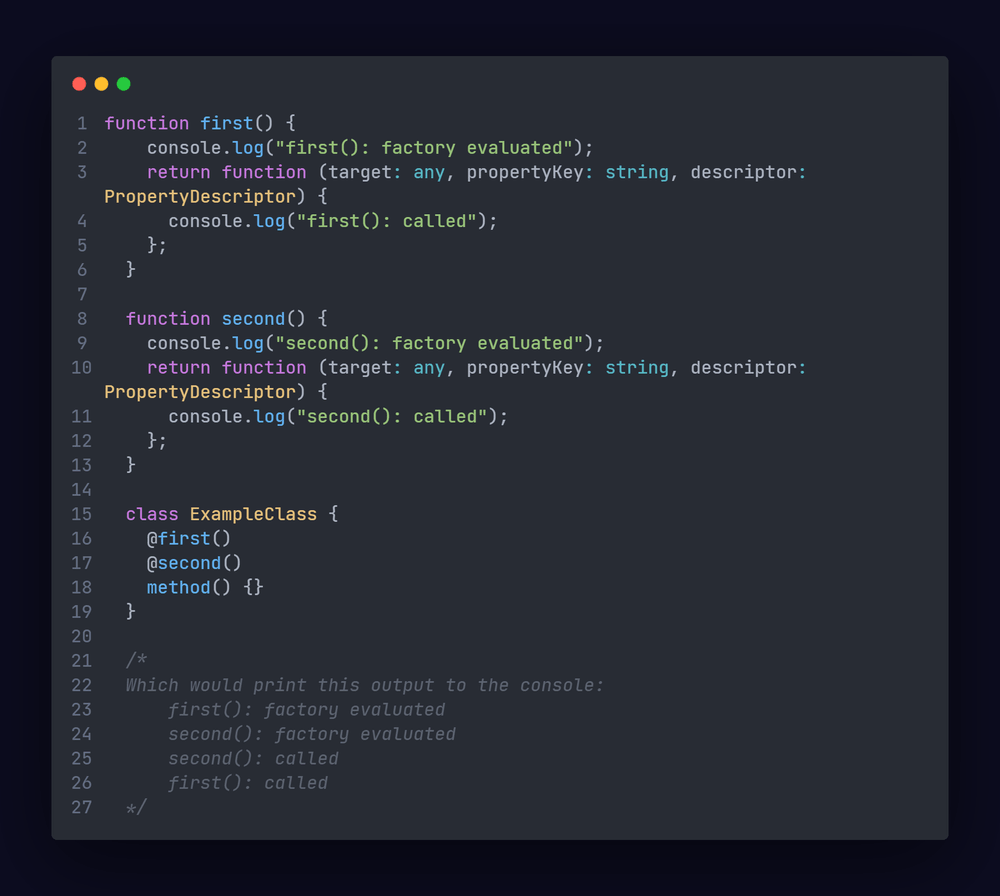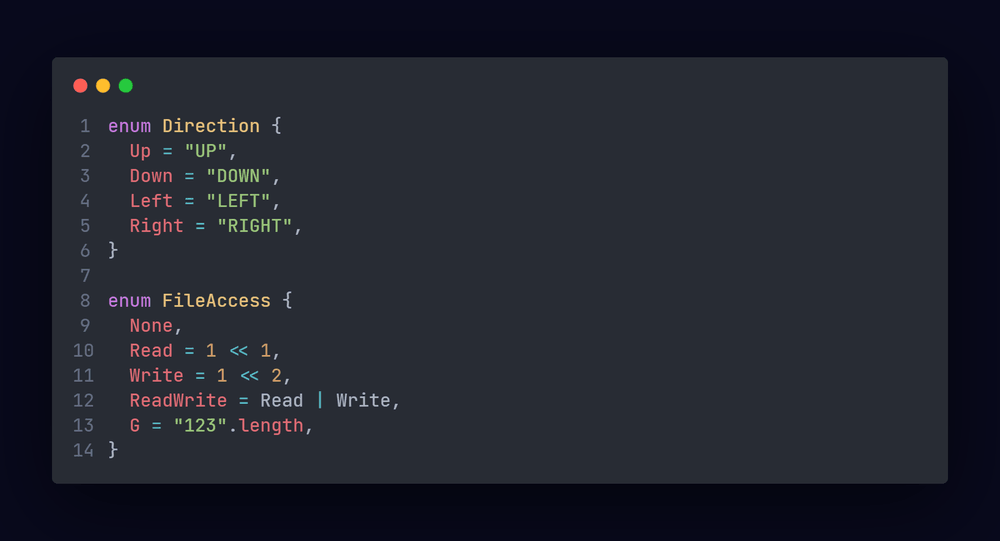Introduction
TypeScript(TS) is a language that aims at easing the development of large-scale applications written in JavaScript.
What Is Typescript?
TypeScript is a JavaScript programming language that includes vital features crucial for quickly building large-scale applications.
Under TypeScript’s robust type system, variables and other data structures can be declared by the programmer to be of a specific type, for example, a string or a boolean, and their values will be checked.
TypeScript adds common concepts such as classes, modules, interfaces, generics, and (optional) static typing to JavaScript.
TypeScript is a superset of JavaScript. Although every valid line of JavaScript code is likewise a valid line of TypeScript code, TypeScript further has language features absent from JavaScript. Strong typing is the most notable feature that is exclusive to TypeScript; in fact, it is the feature that gave TypeScript its name. As was mentioned, a TypeScript variable is associated with a type, such as a string, number, or boolean, that informs the compiler what kind of data it can store.
TypeScript code is compiled in JS and is suitable for developing projects for any browser. It is easier to create large and complex projects with it, so it is easier to maintain, develop, scale and test them than with standard JavaScript.
As of the 26th of June, the number of downloads per week was 31.5 million, and the community surrounding Typescript is pretty active, which means that you would readily acquire assistance concerning whatever it is that you are working on.

History of Typescript
TypeScript is a relatively new language. The project was created over two years at Microsoft, where Anders Hejlsberg, the chief architect of c#, and the men responsible for Delphi and Turbo Pascal, collaborated on it. In October 2012, version 0.8 was released for general usage.
TypeScript was created in response to JavaScript’s limitations for building complex applications at Microsoft and among its external clients. Demand for specialized tooling to facilitate the development of JavaScript components was sparked by difficulties handling sophisticated JavaScript code.
Miguel de Icaza, a Mexican programmer, complimented the language soon after it was published. He did, however, lament the lack of TypeScript IDE support, particularly for Microsoft Visual Studio, which is unavailable on Linux or OS X.
The issue of lagging IDE support was addressed, and by 2013, Palantir Technologies’ plug-in for Eclipse had added TypeScript compatibility to additional IDEs. TypeScript support has also been added to several text editors, including Sublime, Vim, and Emacs.
A subsequent version, TypeScript 0.9, which was released in 2013, came after TypeScript 0.8. Support for generics was an added feature of the more recent edition. TypeScript 1.0, which was launched at Build 2014, superseded TypeScript 0.9. The second Visual Studio 2013 release offers TypeScript functionality by default.
The development team revealed a new TypeScript compiler in July 2014, claiming efficiency improvements of five times. The source code was transferred from CodePlex to GitHub, where it had previously been hosted. At about the same time, CodePlex’s hosting of TypeScript’s source code was switched to Github.
Many believe that TypeScript is merely an updated version of JavaScript, even though this is not the case. As a result, questions concerning the usefulness of TypeScript continue to be asked regularly. To differentiate itself from JavaScript, TypeScript offers several benefits detailed below.
Strict typing
While JavaScript has been a very useful language for developers, it has been plagued with several problems. These problems can easily be traced to JavaScript’s dynamic typing. These problems become apparent when you are working on medium or large projects. The JavaScript code does not provide any information regarding the data type that variable stores, the data type that a function returns, and much more.
TypeScript, on the other hand, makes use of strict typing. Strict typing helps to address the problems associated with dynamic typing properly. With strict typing, you can develop your projects faster and more reliably.
JavaScript employs a variety of data types and data structures, which can be described using Typescript.
More information could be found in the official Typescript documentation.
OOP: improving capabilities
Some features in JS support object-oriented programming: classes, objects, and inheritance, but TypeScript suggests more.
Interfaces

An interface is an abstract type that communicates to the compiler the possible names of the properties that a particular object may possess.
When you define an object in TypeScript with properties, the language automatically produces an interface for that object. Using TypeScript’s type inference capabilities, it first examines the name of the object’s property and associated data type.
Decorators

A decorator is a type of declaration that can be added to the declaration of a class, method, accessor, property, or parameter.
The syntax for decorators is @expression, and the expression in question must evaluate the name of a function that can be called at runtime with information about the decorated declaration.
Enums

An enum type is a specialized data type that allows a variable to be a collection of predefined constants.
A match must be found between the value of the variable and one of the values predefined for it. This is made possible by the enum data type.
Read More: How Apollo + GraphQL + React Speed Up Development?
Why do many value Typescript?
The fact that Microsoft was the company that created TypeScript and continues to be the company that maintains it lends legitimacy to the language. Many programmers choose to write their code in Typescript due to its high speed and ability to eradicate errors that Javascript would otherwise produce. Because TypeScript is type-safe, it cuts down on the number of flaws that exist inside your codes and, over time, guarantees cleaner code. It also interacts smoothly with JavaScript, which is made possible because TypeScript codes may be executed on JavaScript without additional effort being required.
Conclusion
While many might be used to working with javascript, TypeScript presents as easy to learn, especially if you already know JavaScript. Its code is also accessible and easy to understand. And it is advisable to build large projects with Typescript.





